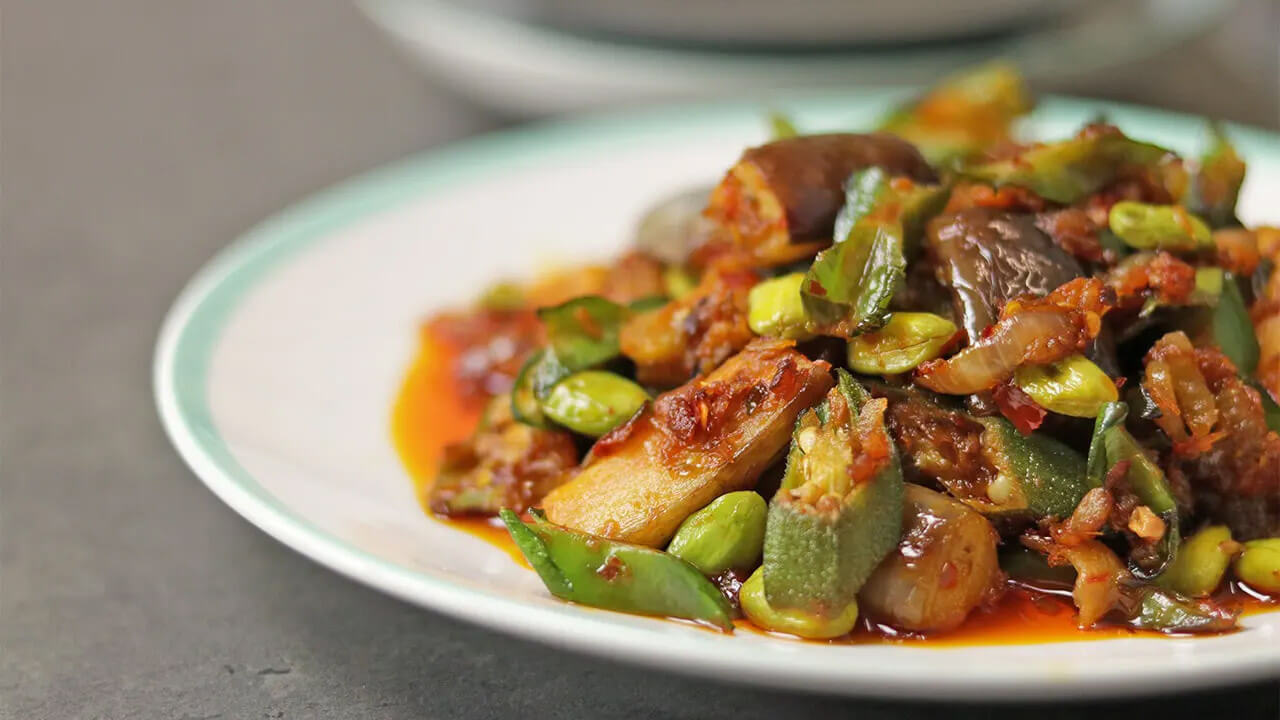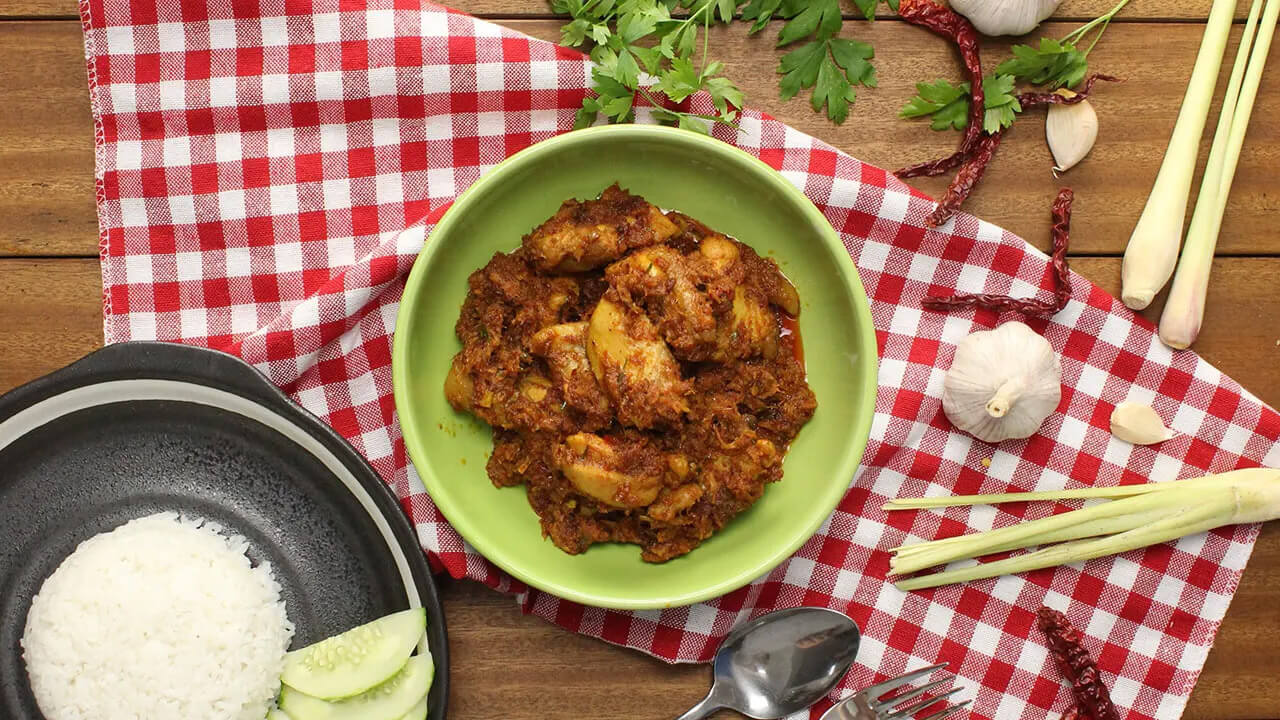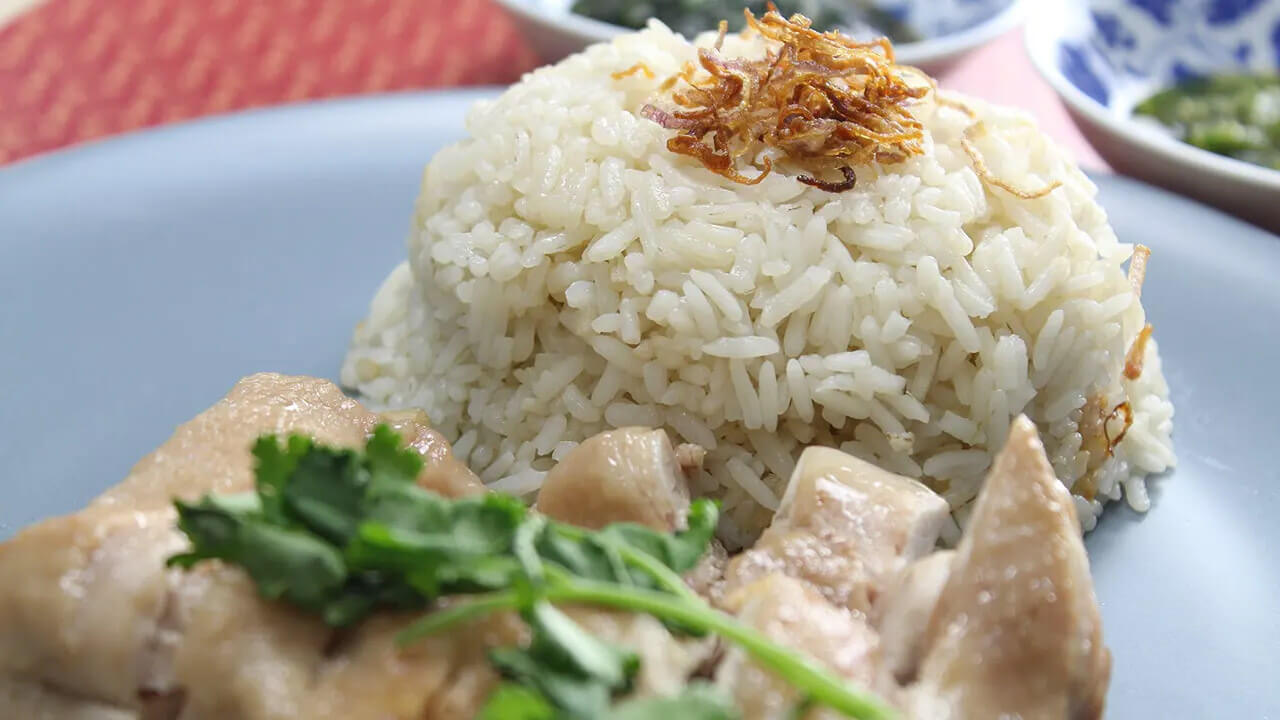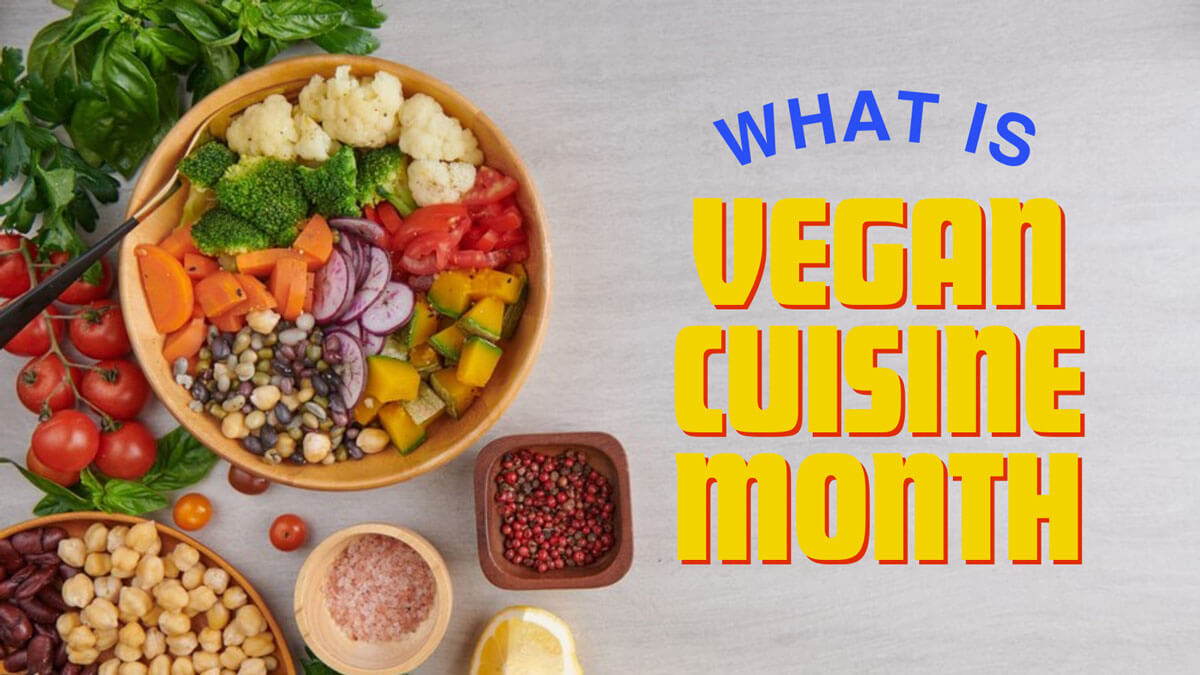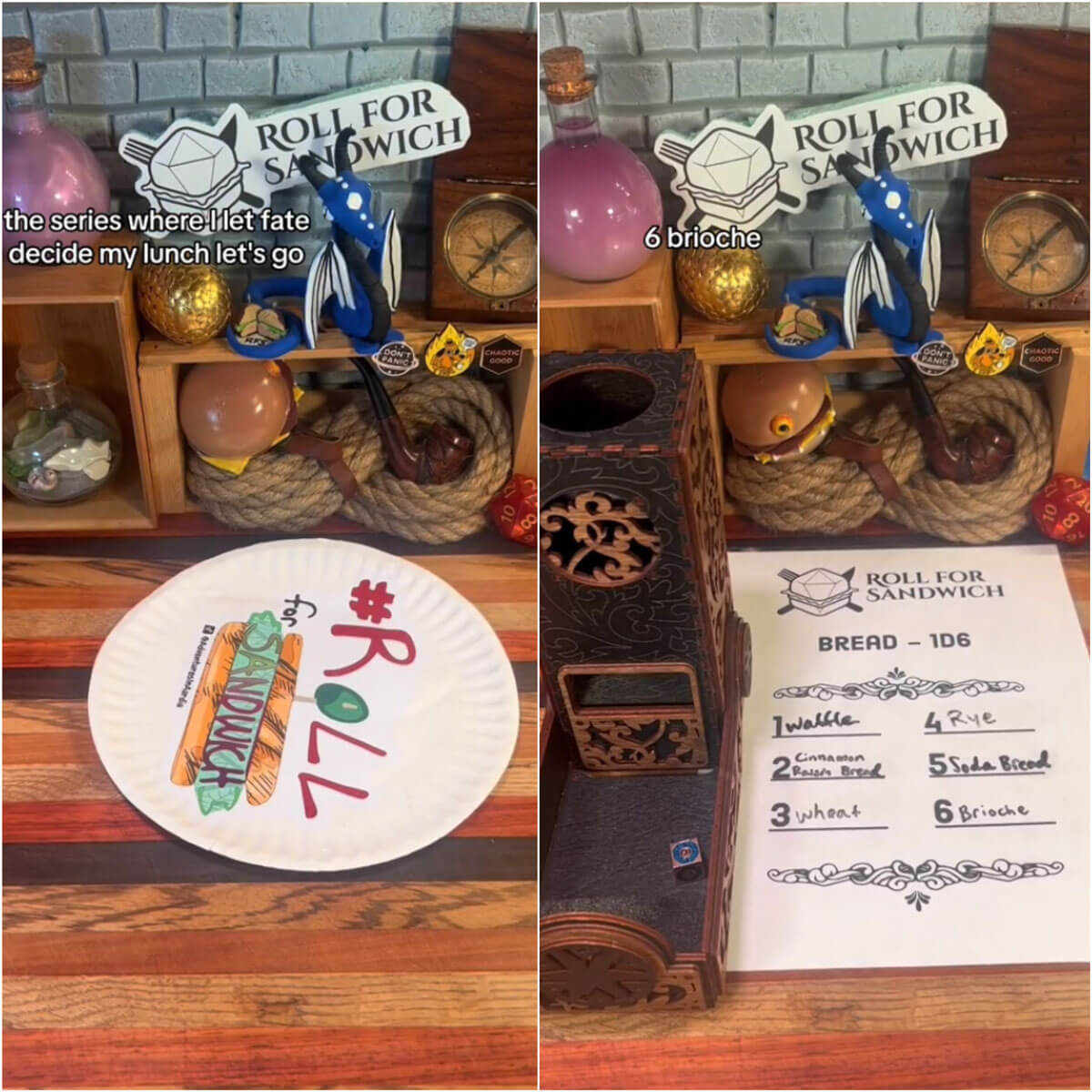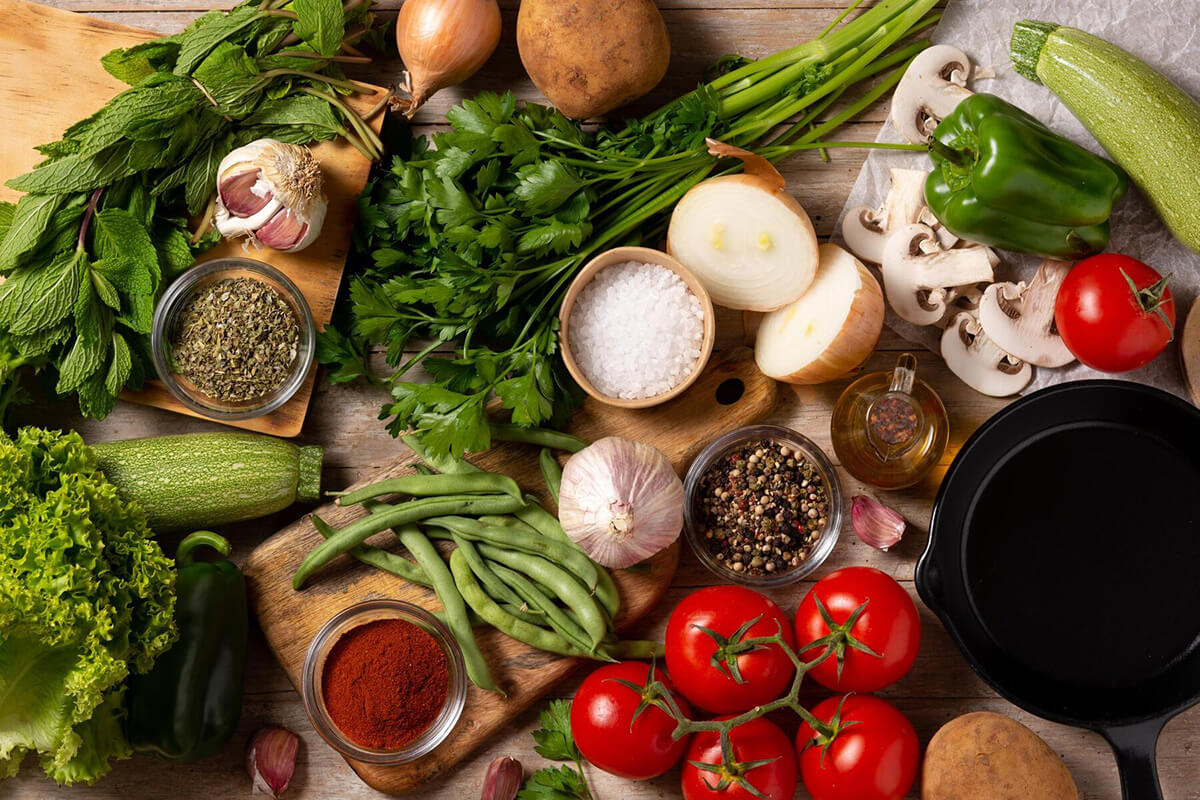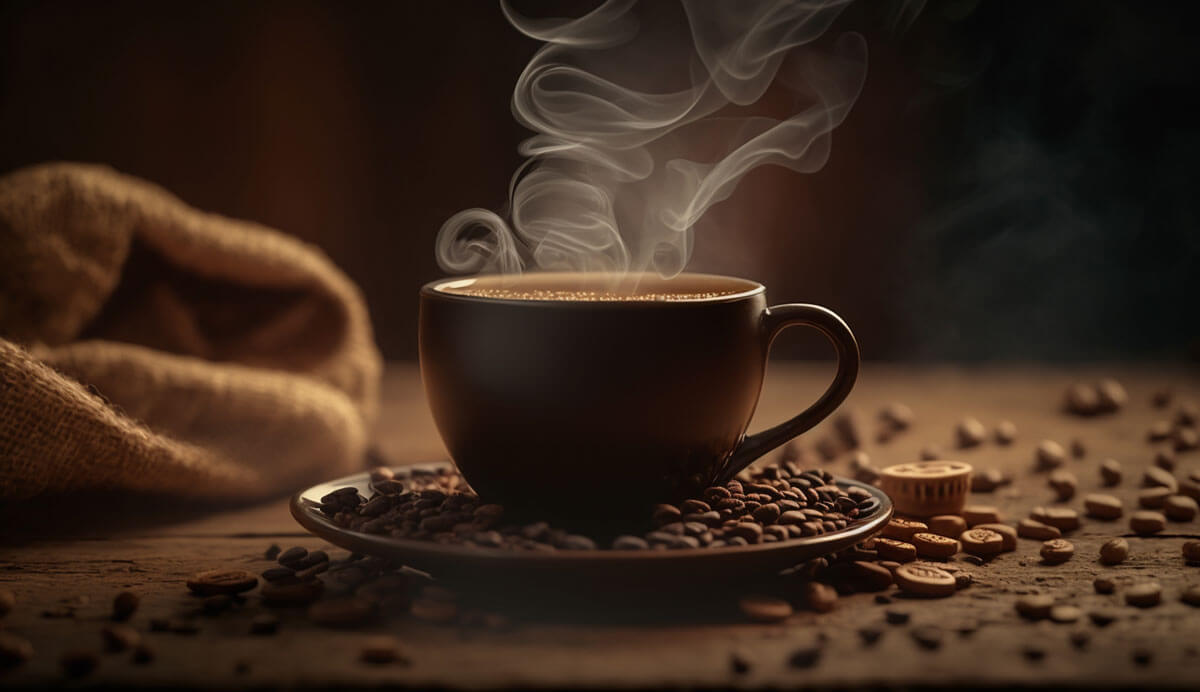
Cheap or expensive; make it hot or cold; heck, use it in an after-dinner dessert or a morning beverage – coffee is so popular around the world, you could find a variation of the drink no matter where you land on the globe.
There are so many ways you can configure your daily cuppa, but every coffee drink must start with just two ingredients – ground coffee and hot water.
Even with just these two items, you can make coffee that tastes vastly different from the other. All you need are the techniques to make them. So let’s explore the different ways you can brew coffee at home.
French Press
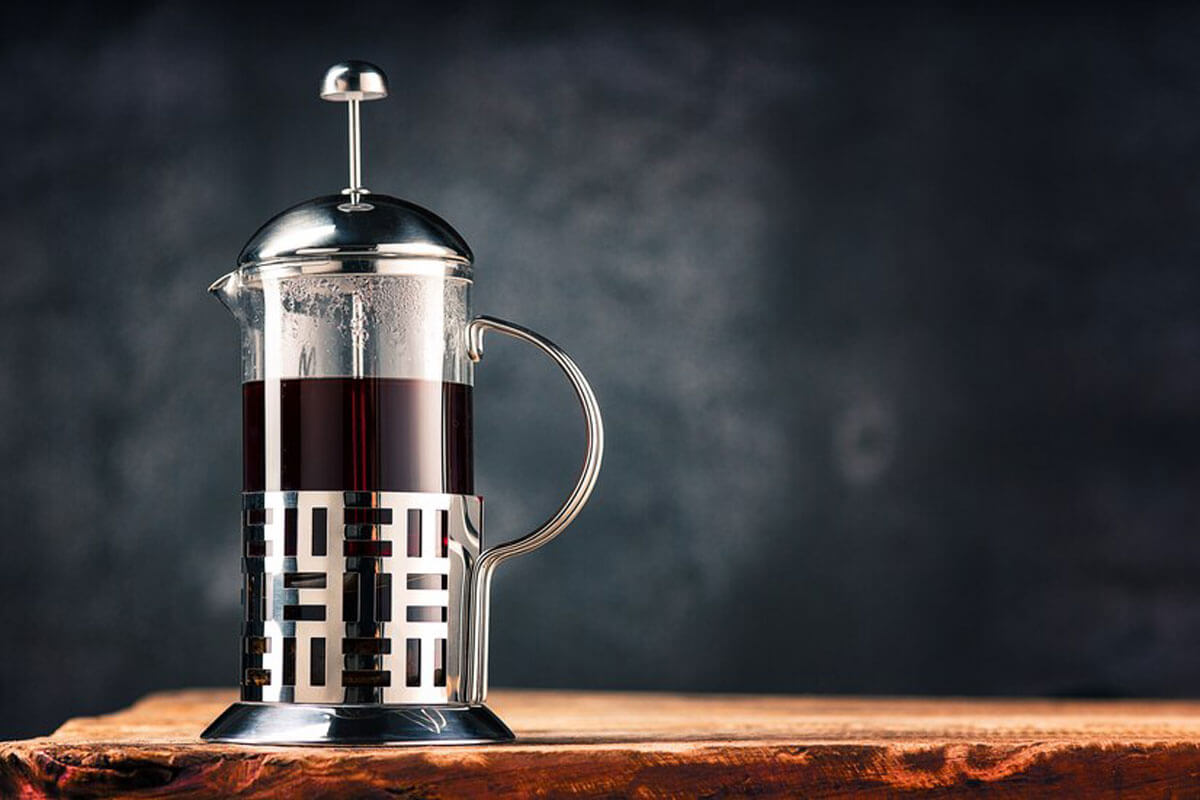
It doesn’t get simpler than steeping coffee grounds in a pot of hot water; the French press method is basically that. This method is great if you’re too busy to constantly be watching the brew.
You can use coffee of any level of roast to make this – if you want something lighter, sour, and fruity, use light roasts; if you want something more smokey and bitter, a dark roast is what you want.
Pour some hot water into your French press to heat it up first – this can help maintain the temperature of your brew for better results.
Weigh out 30g of coffee on a scale (which serves two people) then dial your grinder to a coarser setting. You don’t have to use an electric grinder, because a manual grinder works just fine.
Toss your ground coffee in the French press then gently pour 500g of water. Put the lid on and let your coffee steep for five minutes before stirring the mixture to ensure every bit of coffee is being brewed.
Wait another five minutes then plunge the press until all the grounds are at the bottom of the pot. Now pour coffee into your favourite mug and enjoy!
Moka Pot
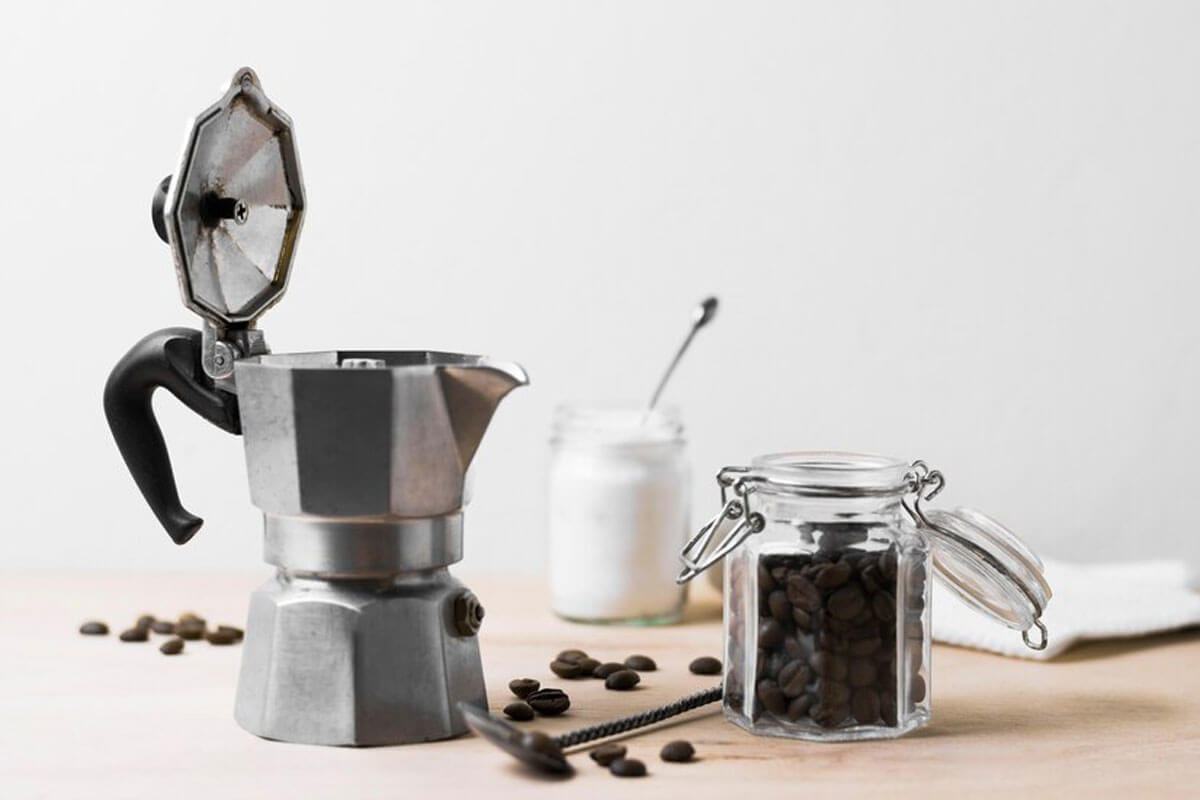
For something a more full-bodied cup of coffee, a moka pot is the way to go. Like espressos, this method applies pressure to brew and creates a stronger-tasting drink.
Unlike making coffee by way of an espresso machine, Moka pots are more accessible – the brewing process is simpler and requires more affordable equipment.
To start your brew, put 12g of fine-grind coffee into the pot; twist open the lower chamber and add 100g of hot water into it, then lock the lower chamber back in place.
Place the moka over medium heat until you hear a gurgling sound. Induction stoves only work if your moka pot is made for it; check the instruction manual for details.
Open the lid and check if the water has finished bubbling through. Turn off the heat and pour that sweet caffeine-laden nectar into your mug and sip away!
Nanyang Kopi
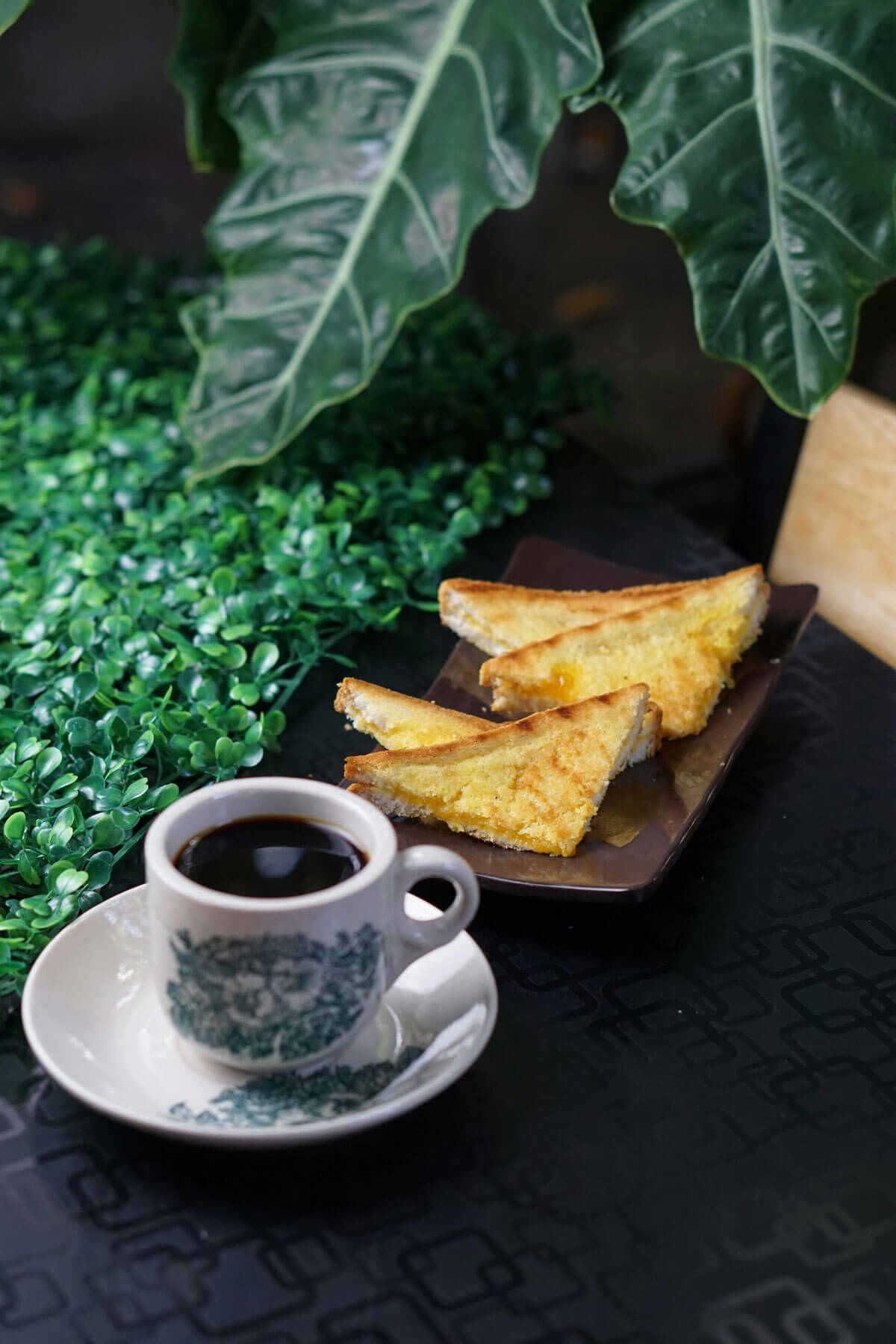
Kopitiam (coffee shop) stalls are a dime a dozen in Malaysia and Singapore; to find out if one is better than the other, locals judge by the quality of the kopi served there – a good kopi is not only strong but intensely aromatic and has a silky mouthfeel.
To achieve the same effect at home, all you need is 100g of kopi powder (local peddlers such as Syarikat Chin Huat or Cap Tupai are easily found in most grocers), 500g of boiling water, and a kopi sock (essentially a filter made of cotton with a long handle attached).
Next, add your kopi powder into a large mug and pour in your boiling water. Stir the mixture gently so all the grounds are covered with water.
Let the brew steep for 3 minutes before pouring the mixture through the kopi sock into another mug. Repeat the pouring process several times to achieve a thick consistency.
Once you’re happy with the result, you can then add sugar, evaporated milk, or condensed milk to taste. Or have it as is if you need a proper pick-me-up in the morning!
Pour Over
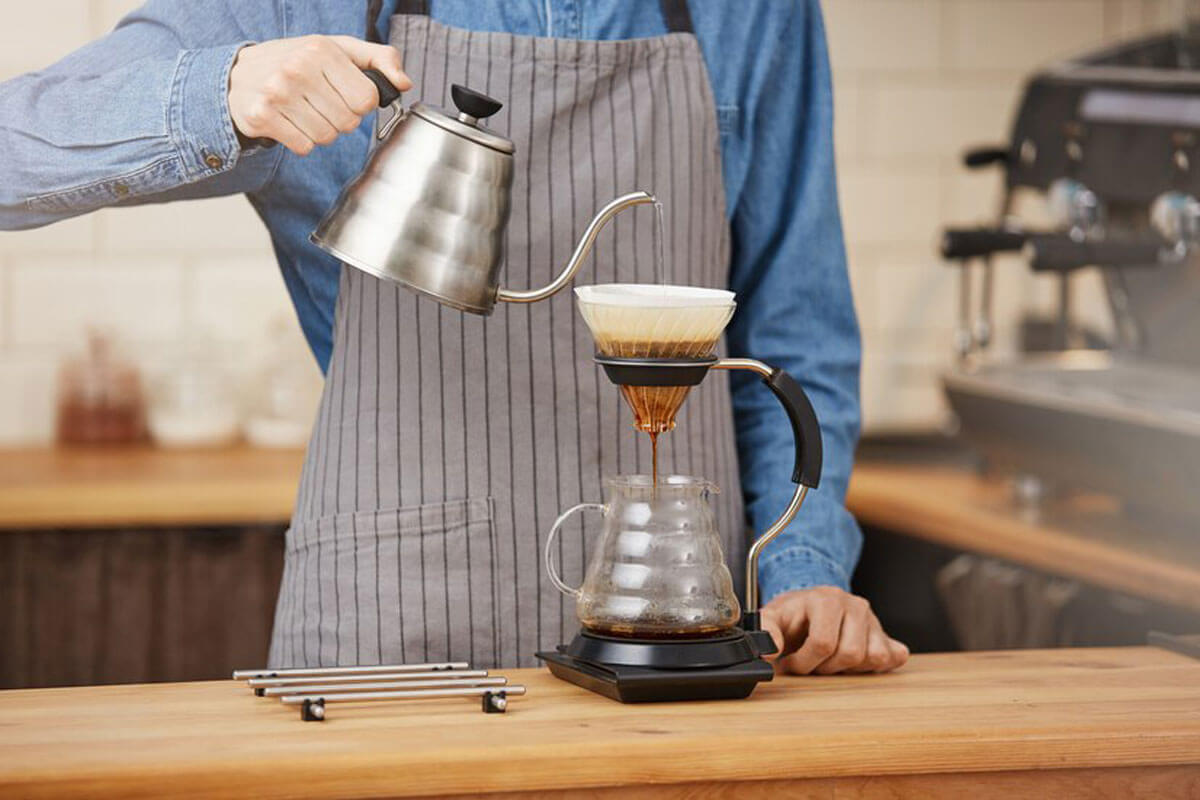
Similar to kopi, pour-overs also use a filter, but the idea this time is to get a lighter-tasting coffee that’s best made using light or medium roasts.
You want coarser grinds for this, and you’ll also need a pack of paper filters and a coffee dripper.
Some common names for this device include the V60, Chemex and the Kalita Dripper. If you’re on a tight budget, dollar stores or 100-Yen stores also sell a cheaper but still functional variation of a coffee dripper.
Start by placing a paper filter into the opening of your dripper. Then gently pour hot water over the coffee grounds in a circular motion. The important thing is to make sure every bit of coffee is soaked.
During the first 15 seconds of brewing, you’ll notice your coffee starting to foam – don’t worry, that’s just your coffee letting off gas. Don’t add more water until the foam dissipates.
Then continue to pour hot water over the coffee grounds until it reaches the top of your dripper. You’ll have to repeat these steps until you have a yield of about 250g of coffee in your cup.
This method requires the most time and attention, but with the right techniques, you’ll have a cup of coffee that presents all of the tasting notes you’d expect from the blend of beans you’ve chosen.
Conclusion
While there are many more ways to brew coffee at home – such as by using an espresso machine, via an AeroPress, or even a Siphon if you’re extra – these are the simplest ways you can make a great cuppa in no time.


